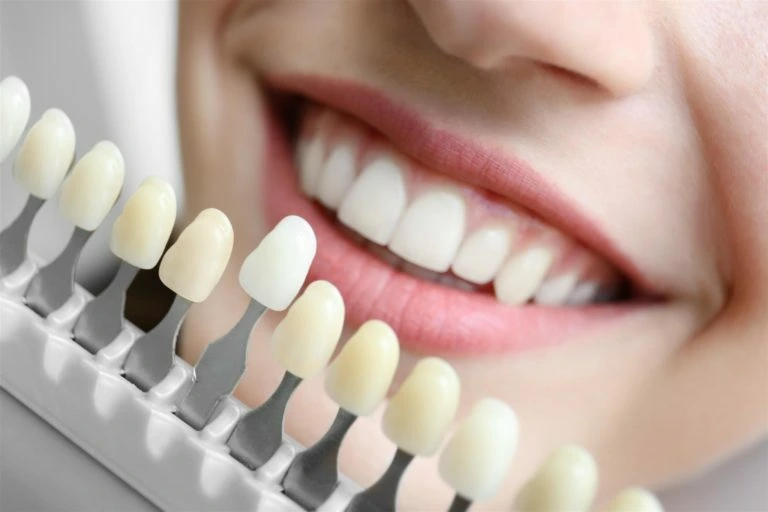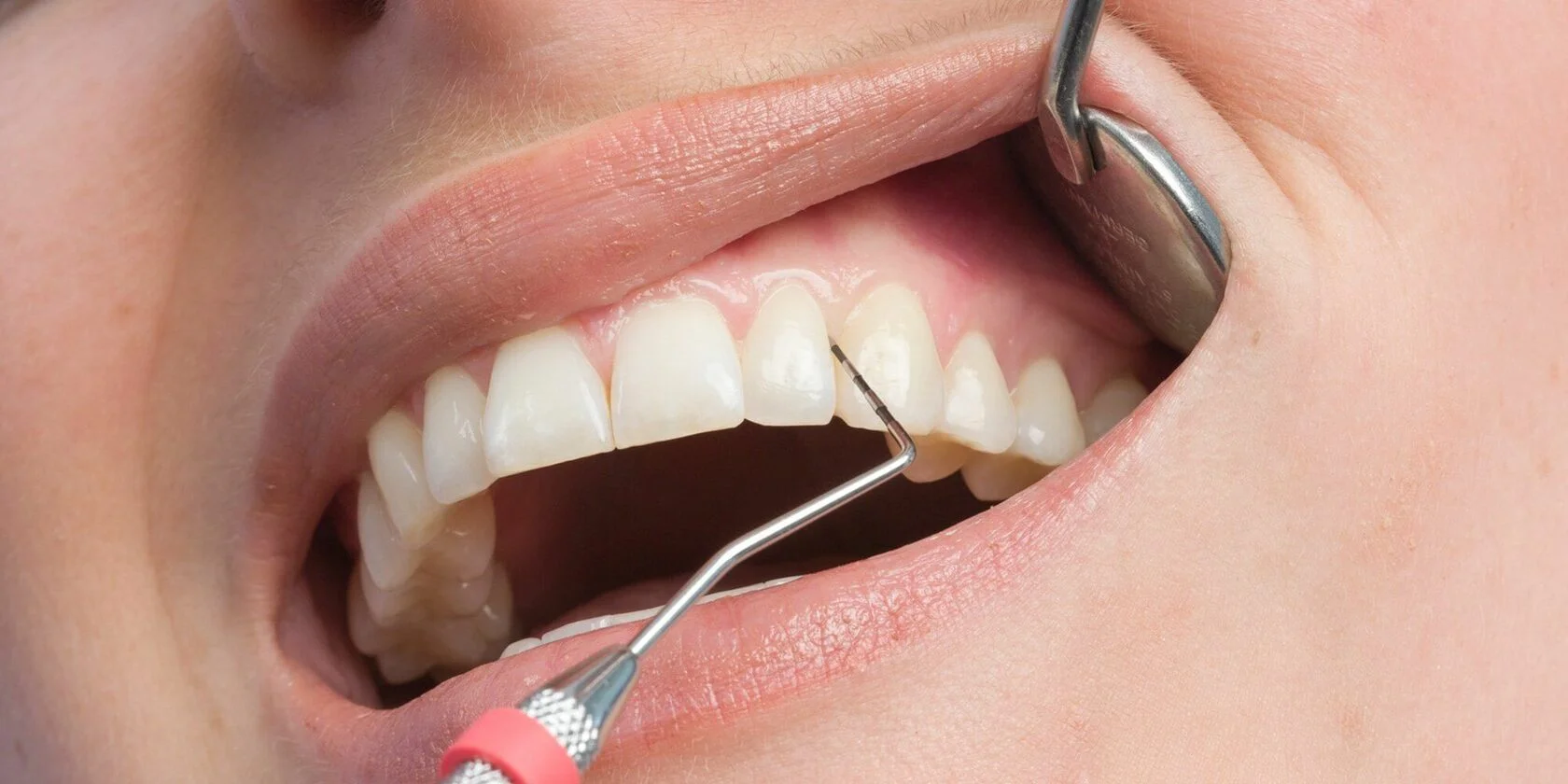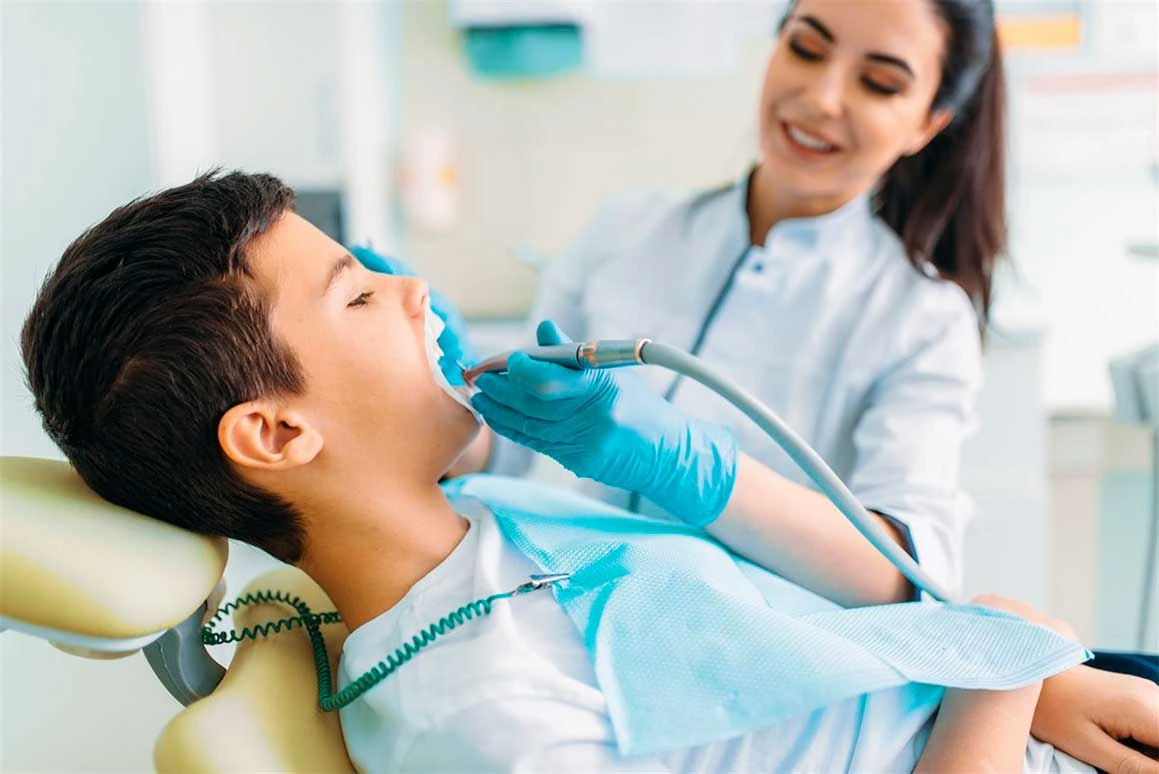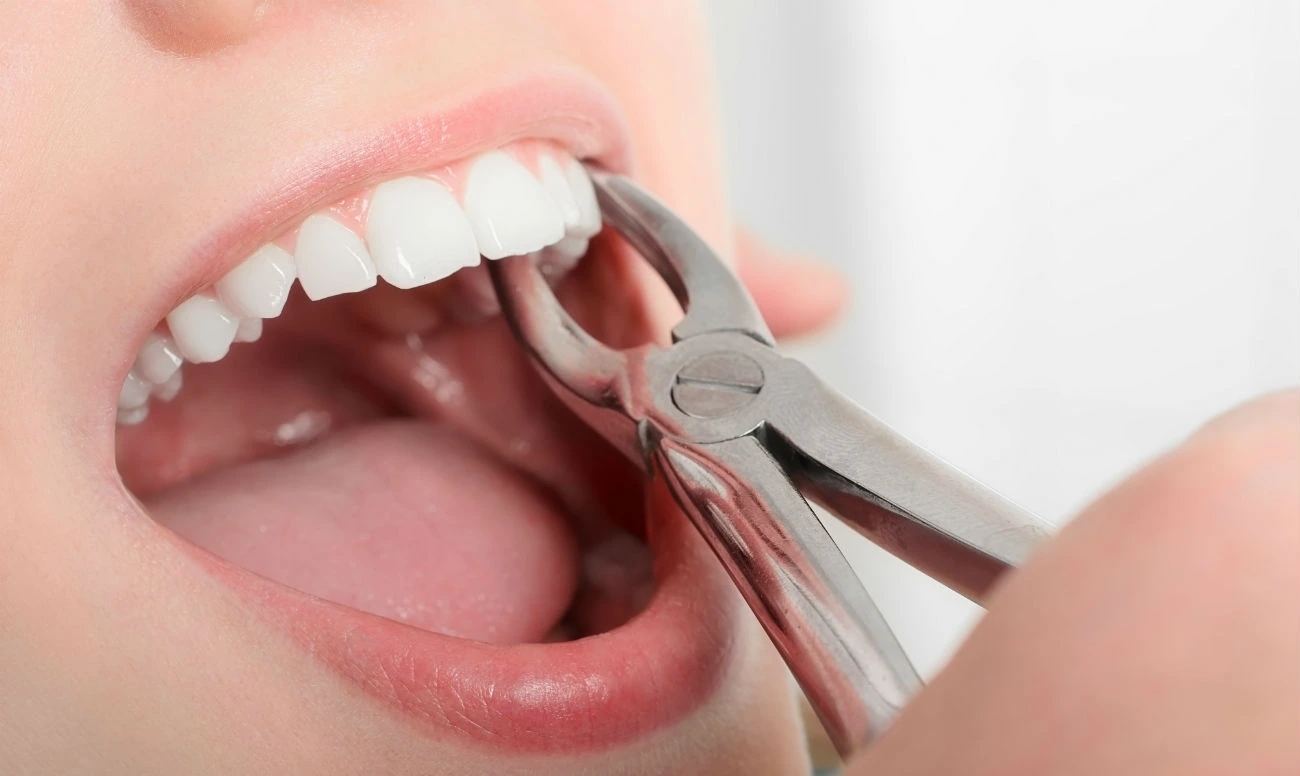Placement of veneers: preparation and peculiarities of the procedure

Dreams of a beautiful smile can easily become a reality today. That’s what veneers veneers – ceramic plates that restore the aesthetics of the teeth. The process of their installation is quite complex and responsible, and it requires precision and scrupulousness from the dentist. But the result is worth it – a snow-white dream smile that you want to show to everyone around you. Today, let’s talk about how teeth are prepared for veneers, how they are installed and what contraindications there are to this method.
Indications and preparation of teeth for veneers
Anyone can improve their smile with veneers if they wish. However, there are some medical indications for this procedure:
- Chipped and cracked tooth surfaces.
- Excessive yellowing and the presence of spots on the enamel.
- Enamel erosion.
- Tooth deformity.
When a patient first comes to the dental clinic, the specialist takes photographs of his or her teeth. Then the color of future veneers is selected, for which a special scale is used. It is worth noting that veneers are divided into two types – direct and ceramic.
An obligatory stage is the preparation of teeth. The enamel is ground to a minimum thickness corresponding to the thickness of the veneers. After that, temporary veneers are placed on the tooth row, which will perform a protective function until the installation of permanent veneers.
Placement of veneers and contraindications to the procedure
In the case of ceramic models, special preparation and fabrication time are required. At the second visit to the dentist, they are tried on and fixed to the surface of the teeth. Their service life is about 10 years.
If we talk about direct veneers, their installation is carried out in one visit to the dentist. First, the surface of the teeth is degreased, then a special glass-ceramic mass is applied to it. The veneer is given the necessary shape, the size and shade are agreed with the patient, and only then the surface is treated with a lamp and polished.
Contraindications to the procedure:
- the presence of cavities;
- periodontitis and periodontal disease;
- malocclusion;
- chipped tooth enamel;
- Bruxism (teeth grinding).
In the future, veneers should be protected from mechanical damage and temperature changes. It is recommended to brush your teeth twice a day as usual and to visit the dentist regularly.
Sign up
Make an appointment with a gnathologist and get a personalized treatment plan
Read also
Contact us
Send a message
Please fill out the form below so we can provide a fast and efficient service
Contact by phone
-
Branch 1
-
Branch 2
-
Branch 3
-
Branch 4




